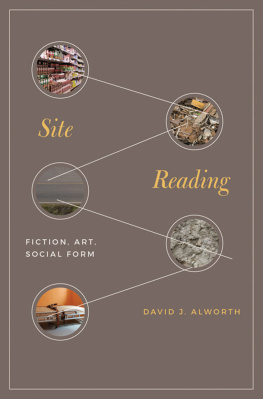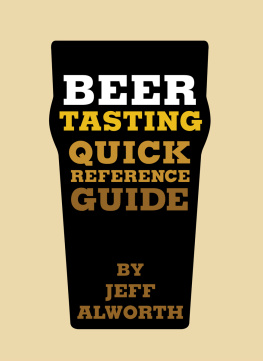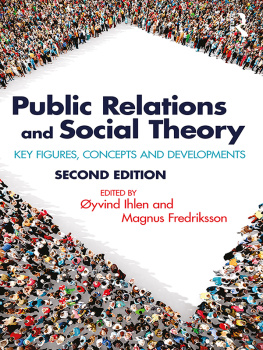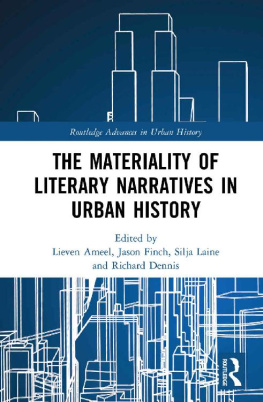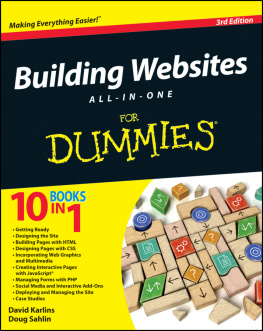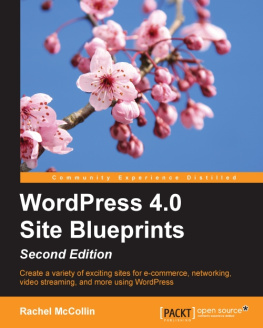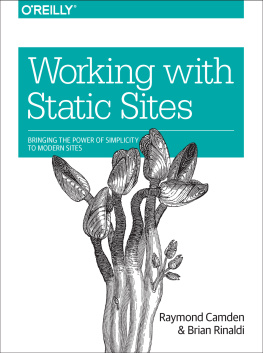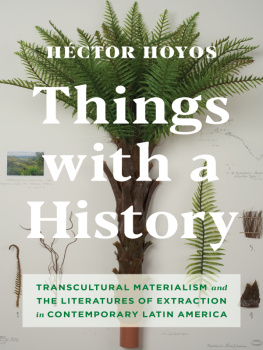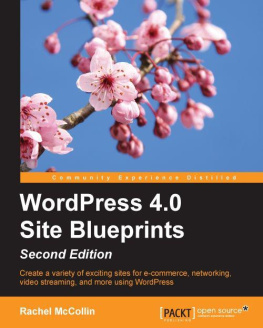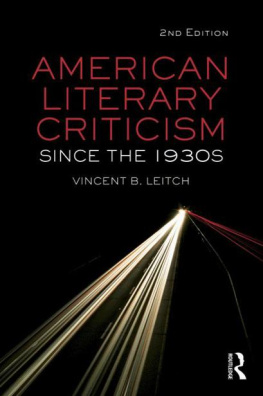
SITE READING
Site Reading
FICTION, ART, SOCIAL FORM
DAVID J. ALWORTH
PRINCETON UNIVERSITY PRESS PRINCETON AND OXFORD
Copyright 2016 by Princeton University Press
Published by Princeton University Press,
41 William Street, Princeton, New Jersey 08540
In the United Kingdom: Princeton University Press,
6 Oxford Street, Woodstock, Oxfordshire OX20 1TW
press.princeton.edu
Jacket Art or Photograph: (1) In the grocery with our little helpers Jaro Larnos / Flickr; (2) Scrapyard / CG Textures; (3) Roads, Jacobo Corts Ferreira / CG Textures; (4) DebrisStone, Jonas De Ro / CG Textures; (5) Restrain, Rikke68 / Thinkstock
All Rights Reserved
ISBN 9780-691164496
Library of Congress Control Number: 2014959229
British Library Cataloging-in-Publication Data is available
This book has been composed in Montserrat, Bulmer MT Std and Sabon Next LT Pro
Printed on acid-free paper.
Printed in the United States of America
10 9 8 7 6 5 4 3 2 1
For the little collective
There is a question implicit in the foregoing analyses and interpretations. It is this: what is the mode of existence of social relations? No sooner had the social sciences established themselves than they gave up any interest in the description of substances inherited from philosophy: subject and object, society in itself, or the individual or group considered in isolation. Instead, like the other sciences, they took relationships as their object of study. The question is, though, where does a relationship reside when it is not being actualized in a highly determined situation?
HENRI LEFEBVRE, The Production of Space
CONTENTS |
(Don DeLillo, Andy Warhol) |
(William S. Burroughs, Mierle Laderman Ukeles) |
(Jack Kerouac, Joan Didion, John Chamberlain) |
(Thomas Pynchon, Robert Smithson) |
(Ralph Ellison, Gordon Parks, Jeff Wall) |
SITE READING
INTRODUCTION
The Site of the Social
With the close of the door, the room gets quiet. The scene is familiar enough: a college English class, where the topic of the hour is narrative setting. The assigned reading might be Wendell Berry or William Faulkner, but it also could be Jane Austen or James Joyce, Geoffrey Chaucer or Cormac McCarthy. After all, what literary narrative (aside from the most experimental) omits setting? When the instructor starts to speak, the mode of sociality here, what Erving Goffman would call the interaction order at this site, begins to shift: the students peer up from their iPhones, turning away (hopefully for the hour) from Twitter, Facebook, and Instagram, to begin addressing the complex questions raised by literary form.
How does literary fiction theorize social experience? One answer, the answer that I want to propose, is by transposing real sites into narrative settings and thereby rendering them operative, as figures in and of collective life.
To ask how literature theorizes sociality would seem to be a rather familiar way of doing business. Even Franco Moretti, surely among our most forward-thinking critics, has argued that society, rhetoric, and their interaction is, finally, the only real issue of literary history.
This conception of the social prompts a new mode of literary interpretation. One of Latours main intellectual adversaries is mile Durkheim, the foundational sociologist whose understanding of society has been widely (if often implicitly) accepted within literary studies. In The Elementary Forms of Religious Life, for example, Durkheim writes:
Since the universe exists only insofar as it is thought, and since it can be thought totally only by society itself, it takes its place within society, becomes an element of its inner life, and society may thus be seen as that total genus beyond which nothing else exists. The very concept of totality is but the abstract form of the concept of society: that whole which includes all things, that supreme class under which all other classes must be subsumed.
While this passage encapsulates precisely what Latour rejects, the notion of society as a sui generis totality that includes all things, it also forms part of the second epigraph to one of the most influential works of literary criticism, Fredric Jamesons The Political Unconscious: Narrative as a Socially Symbolic Act (1981). The latter, as Best and Marcus explain, popularized symptomatic reading among U.S. literary critics, establishing the protocols for a certain method of historicism that remains important to this day.
Pursuing this project in the following pages, I strive to demonstrate that the novel is an acute instrument of sociological thought, or, more specifically, that the terra incognita of setting contains vivid and valuable insights about the experience of collectivity. This does not mean overlooking the formal qualities of narrative prose fiction but looking at them in a certain way: with an eye toward how they effect something like a radically literary sociology. If the novels delineation of consciousness has long instructed us (however unevenly and unsystematically) about both individual personhood and the human mind, and if its treatment of physical things has prompted us more recently to pose fresh questions about matter and materiality, then perhaps its figuration of sites, vibrant assemblages of persons and things, might occasion a new inquiry into the nature of sociality. This is the premise of Site Reading as well as the hope.
*
Back in the classroom, the discussion proceeds apace. The students are raising their hands and taking notes, underlining the text and responding to questions, occasionally even engaging one another. The assigned reading for the hour turns out to be Emma Donoghues 2010 novel Room, which includes one of the more intriguing experiments with narrative setting in recent literary history. This class appears to be an ordinary social unit, composed of people and their internalized protocols of behavior, and this unit appears to be acting out its own protocols in this setting (the setting of the classroom) through a discussion of narrative setting. But then, much to the chagrin of a certain student, something happens. As the instructor is introducing the novel, a loud ringtone interrupts her remarks, and suddenly everybody looks away from the PowerPoint. The familiar rustling and fumbling ensues, but after a few exasperated grunts, class is back on track. This moment is not merely a reminder that the classroom constitutes an assemblage of humans and nonhumansa social site where a whole range of nonhuman entities (books and other cultural artifacts, laptops and tablets and projection equipment, a fully operational heating and cooling unit) are central to the pedagogical enterprisebut also a rift in the interaction order that discloses the people and things at this seminar table as actants in vast social, material, and informational networks. Now it makes no sense to distinguish the class (as a social unit) from the material environment. Now sociality seems so much more promiscuous. When class is going well, though, this promiscuity, this sharing of sociality among humans and nonhumans, does not register as a distraction. On those serendipitous afternoons, when the discussion of literary art assumes a kind of urgency and tacks in a surprising and challenging direction, the social network can feel quite immediate and intimate: just the teacher and the students thinking together with the text.
Next page
